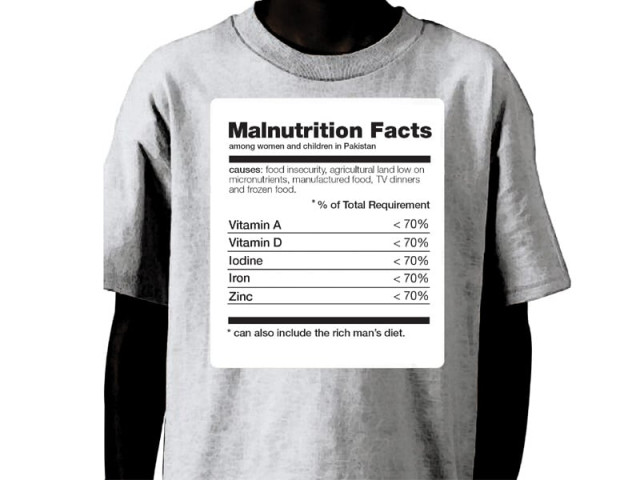
If your child is inexplicably exhausted or a lot weaker and shorter than other children his or her age, you may want to have them checked for deficiencies in essential micronutrients. Experts have found that a disturbing majority of infants and children in the country are severely deficient in Vitamin A, Vitamin D, iodine, iron and zinc, what the WHO call micronutrients. They are needed only in minuscule amounts but these substances are the “magic wands” that enable the body to produce enzymes, hormones and other substances essential for proper growth and development.
According to Dr Gaffar Billo, a professor of paediatrics at the Aga Khan University Hospital (AKUH), a great deal of effort has been made to tackle this issue. In fact, he says, there is a 95% recovery in Vitamin A deficiency. This is mainly achieved through the bi-annual campaign in which children are given Vitamin A capsules, he says.
A bigger cause for worry is our population’s iron deficiency. Nearly half of Pakistani women and children suffer from this most common of nutrient deficiencies. Statistics over the last 25 years have barely shown any change in the phenomenon. One of the major reasons for this is food insecurity. “Malnutrition in women and children is lingering on,” Billo says. “People barely get to eat enough let alone eat the right [nutrient-rich] kinds of food.”
What is more alarming is that even children who are made to eat their greens and food cooked with iodised salt are falling short on micronutrients.
For starters, some of the agricultural land in the country has lost its natural nutrients. This is the inevitable outcome of overfarming that leeches the land if it is not given any breathing space in between crops.
Environmentalist Tofiq Pasha Mooraj confirms this. “Yes, micronutrients have depleted from our soil due to continuous cultivation.” One way to deal with this is by artificially supplementing the soil with micronutrients from other sources such as organic nutrients from coal and stone. The floods have to be factored in. “The argument with the floods is that certain lands become very fertile after,” he explains. “But in some low-lying or water-logged areas the water takes a long time to dry up.” He predicts that in Badin, for example, the land will be unusable for two years but when it is ready, the soil will be very fertile.
The nutrition experts are also at pains to point out that there is a certain degree of “dishonest advertising” for fortified oils, foods and salts which actually do not contain a sufficient quantity of the micronutrients as they publicise and promise to consumers. As part of an in-house project, some AKUH students conducted an independent test on several products and found the Vitamin A, D or other supplements boldly advertised were either not present in the product or were in negligible quantities. “Even iodised salt is not really iodised!” exclaims Prof. Iqbal Memon, who has 20 years of experience in child health and is part of the Pakistan Paediatric Association.
A dependence on manufactured food, TV dinners and frozen foods is another way to deny our bodies essential nutrients. “We have many food taboos which further add to the issue,” Memon says. “The rich man’s food such as meat and poultry are valued but they are expensive. What people need to realise is that they should look at their budget and find a diet which can provide them the maximum nutrition.”
Nevertheless, the people who try to be mindful of their diets are creating rising demand for fortified and supplemented foods. According to Dr Khawaja Masuood Ahmed of the Micronutrient Initiative, the household use for iodised salt is now up at 69% from 17% in 2001. “The aim is now to sustain this demand and ensure people are receiving the supplement they require,” he says. The global target is to achieve 100% use by 2015.
Quoting the Natural Nutritional Survey, which was completed this August, Ahmed says, “An iron deficiency is seen most in women and children and the situation has not improved over the last 10 years despite a lot of effort.” Ultimately, the experts can only advise and warn or educate. What we put in our mouths is only something we can control.
Published in The Express Tribune, October 31st, 2011.


















COMMENTS
Comments are moderated and generally will be posted if they are on-topic and not abusive.
For more information, please see our Comments FAQ